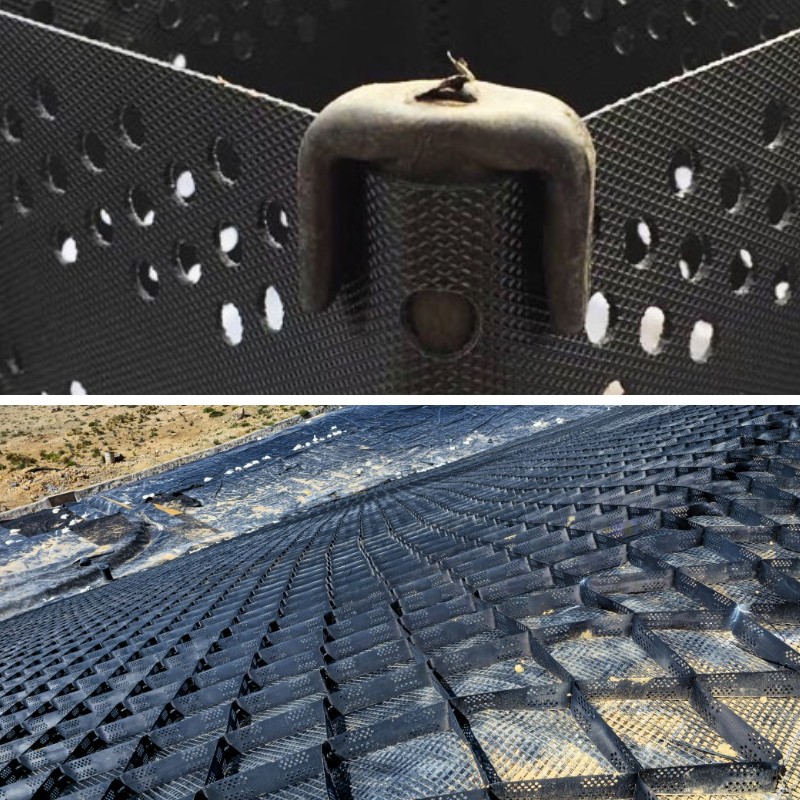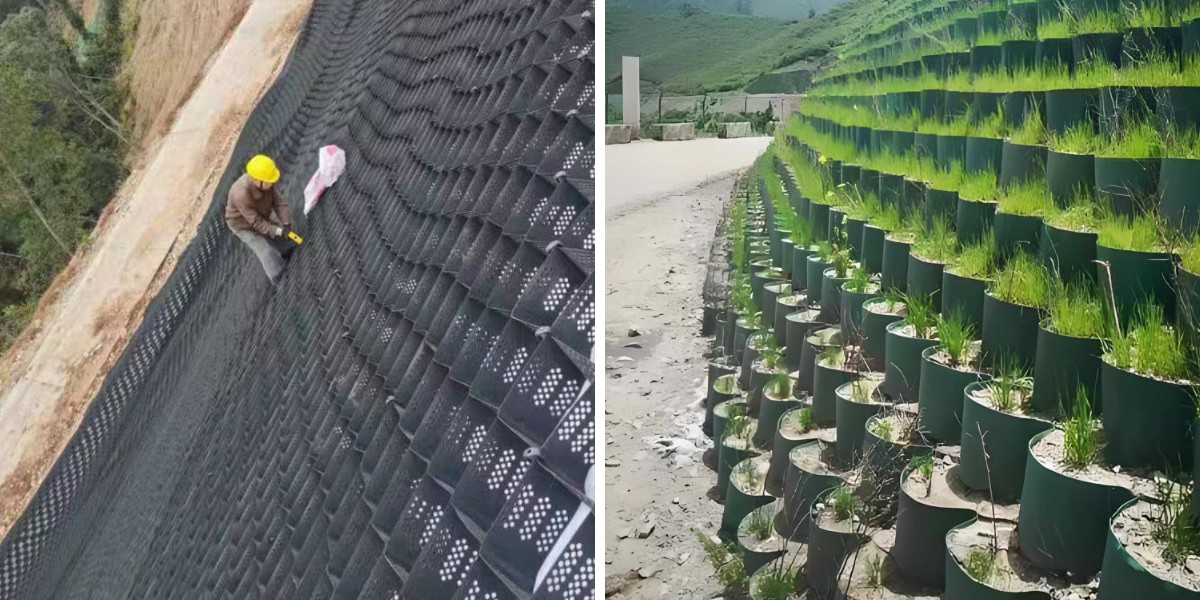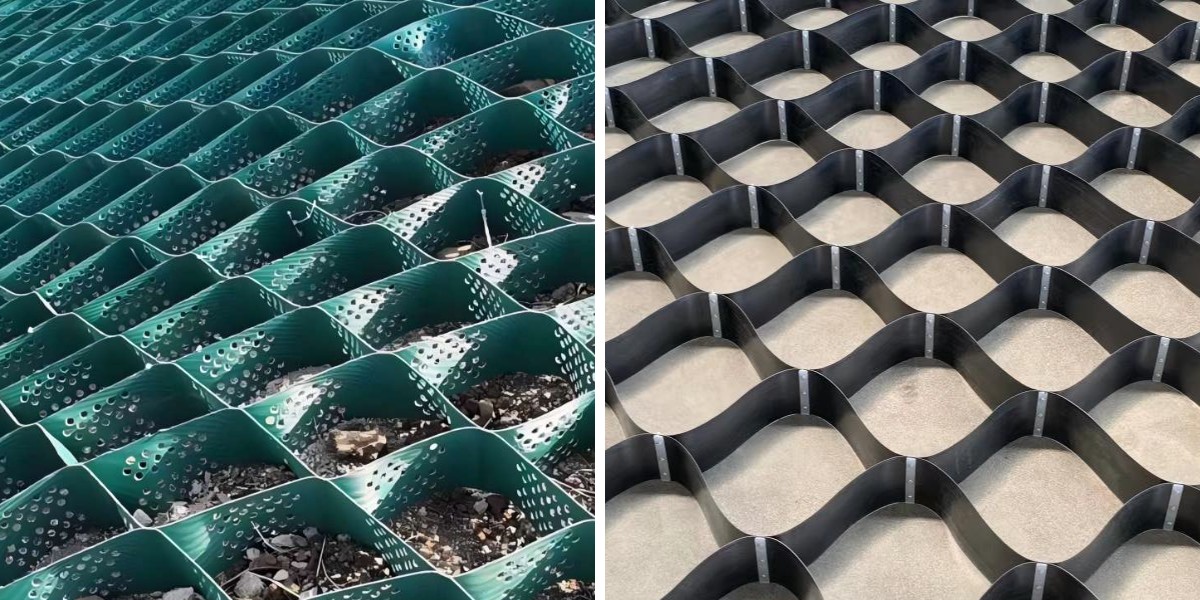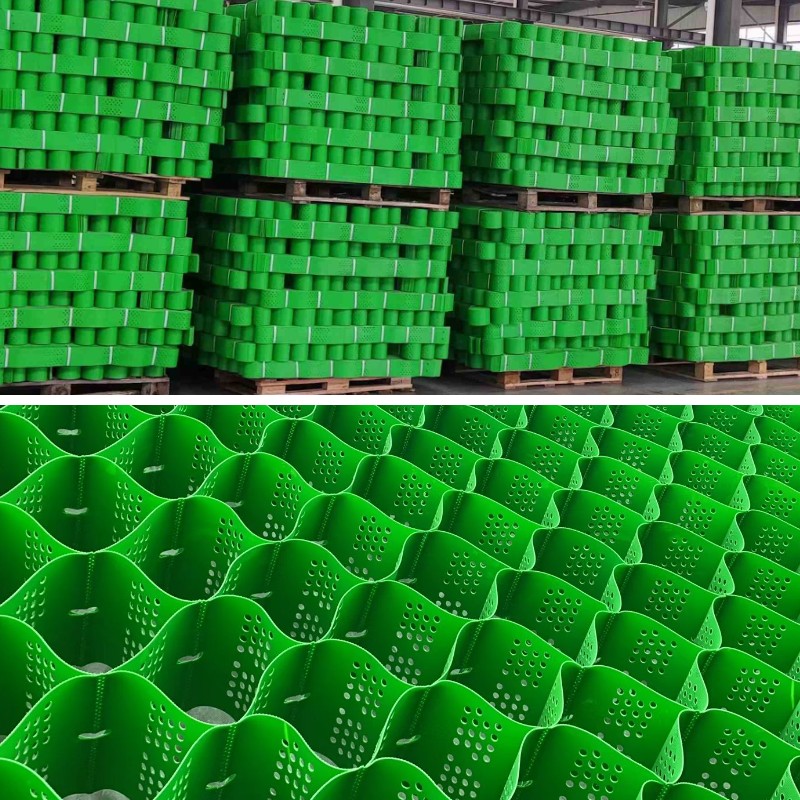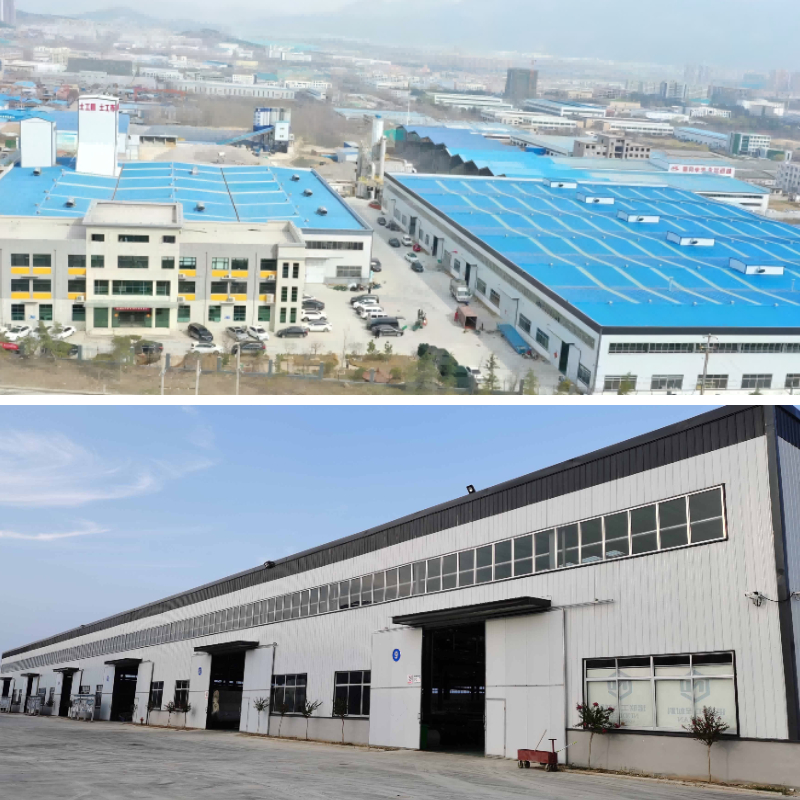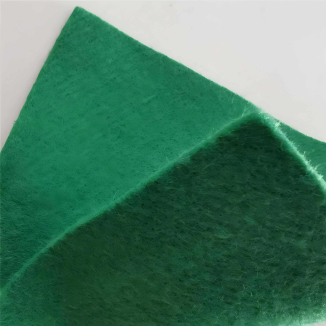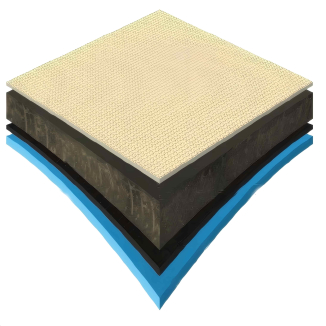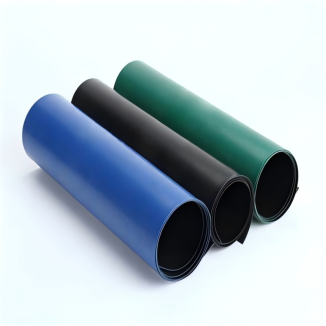Geocell for Slope Protection: How It Prevents Erosion and Improves Slope Stability
In construction, mining, and environmental work, slope erosion and instability are large problems. They harm infrastructure, damage the environment, and put human beings at risk. Luckily, geocell slope protection is a remarkable solution—it stops erosion and makes slopes stronger. This article explains 5 key matters about geocells, which include how they work, their advantages, and where they’re used, with essential terms like geoweb erosion control and geocell slope erosion control.
1. How Geocell Slope Protection Stops Erosion: Holding Soil in Place
The essential notion behind geocell slope protection is simple: maintain soil from moving. Geocells are 3D, honeycomb-shaped constructions made of sturdy plastic (like HDPE). When you put them on a slope, you expand them and fill them with soil, gravel, or comparable materials.
This “holding” creates a tough, linked system that stops soil particles from washing or blowing away. For example, when it rains hard, water runs off the slope instead of pushing soil around. This keeps the slope intact.
Geocell slope erosion control relies on this system. Geocells spread the weight of the fill material evenly over the slope, so no single spot gets too much stress. This lowers the risk of the slope failing—good for both temporary and long-term projects. Also, geocells let water drain through, which reduces water-caused erosion (a large plus compared to non-porous methods).
2. Geocell Slope Erosion Control vs. Traditional Methods
People have used traditional slope protection (like concrete walls, gabions, or grass) for years. But geocell slope erosion control is frequently better and cheaper.
Concrete walls are sturdy but expensive to set up and fix. They’re also stiff—they crack if soil moves or there’s an earthquake.
Gabions (wire cages with stones) are more flexible but take a lot of work to build. They don’t hold fine soil well.
Grass is eco-friendly but grows slowly and can’t stop severe erosion.
Geoweb erosion control (similar to geocell slope protection) is light, easy to install, and flexible. You can transport geocells in a small form, then expand them on-site—saves money on transport and labor. They bend with soil movement, so they don’t break easily. You can also mix geocells with grass: fill them with soil, add seeds, and you get instant erosion control plus long-term vegetation.
Another win: geocells last a long time. Good quality ones resist UV rays, chemicals, and decay—up to 50 years. This makes them a smart investment, since traditional methods need frequent repairs.
3. Where Geocell Slope Protection Is Used
Geocell slope protection works in many industries. It adapts to different soils, slope steepness, and project needs—so engineers and contractors love it.
3.1 Highways and Railways
Slopes along highways and railways (like embankments) erode easily. Geocell slope erosion control stabilizes these slopes. For example, when building a highway embankment, geocells are placed on the slope and filled with soil or gravel. This stops erosion from rain or traffic vibrations and makes the slope stronger. It also reinforces the embankment base, so the road or track stays stable long-term.
3.2 Mining and Quarrying
Mines and quarries have steep slopes that can slide or erode. Geoweb erosion control helps here. Putting geocells on mine waste dumps or quarry slopes stops loose soil and debris from spreading—protects the environment and workers. Geocells also reduce dust, because confined soil doesn’t blow away. Sometimes, they line quarry bottoms to keep groundwater clean.
3.3 Water Projects (Dams, Canals, Riverbanks)
Dams, canals, and riverbanks are always around water—so they erode easily. Geocell slope protection works here too. For riverbanks, fill geocells with stones or concrete blocks: this makes a stable barrier that resists waves and water flow. It stops banks from eroding and protects nearby areas from flooding. In canals, geocells line slopes to reduce water seepage, so the canal stays full. They’re flexible enough to handle changing water levels.
3.4 Environmental Restoration
For projects like reforestation or wetland repair, geocell slope protection stabilizes slopes while helping nature recover. Fill geocells with topsoil and native plant seeds—this gives plants a secure area to grow. As plants grow, their roots make the soil even stronger, creating a self-sustaining erosion control system. It’s ideal for areas damaged by fires, deforestation, or construction.
4. What to Consider When Choosing Geocell Slope Protection
Geocell slope protection has many benefits, but picking the right one is key. Here’s what to think about:
4.1 Soil Type and Slope Steepness
Soil (sandy, clay, gravel) and how steep the slope is matter. For steep or unstable soil, use geocells with bigger cells and higher strength to hold soil better. For clay (which swells and shrinks), geocells that drain well are a must—prevents waterlogging and soil movement. Always test the soil and check slope stability first.
4.2 Project Length and Environment
Short-term projects (like during construction): Use light, easy-to-remove geocells.
Long-term projects: Need durable geocells that resist UV rays, temperature changes, and chemicals. Geoweb erosion control products for long use are made of HDPE with UV protectors. In cold places, make sure geocells can handle freezing and thawing without cracking.
4.3 Installation and Maintenance
Easy installation saves time and money. Look for geocells that expand quickly and attach easily to slopes (some have pre-attached connectors). Maintenance is low, but you still need to check for damage (like tears). Choose geocells that are easy to repair or replace.
4.4 Cost
Geocell slope protection may cost more upfront than grass, but it lasts longer and needs less maintenance—so it’s more cost-effective over time. Compare total costs (installation, repairs, replacement) with other methods. Buying in bulk or working with good suppliers can lower costs.
5. The Future of Geocell Slope Protection
As people want more sustainable, effective slope protection, geocell slope protection is getting better. Here are the latest trends:
5.1 Eco-Friendly Materials
Manufacturers are making geocells from recycled plastic or biodegradable materials. Recycled HDPE geocells are strong (same as new plastic) and reduce waste. Biodegradable ones break down over time—great for temporary projects or restoration work. These choices match with global sustainability goals.
5.2 Smart Technology
Geoweb erosion control is adding smart features. Sensors in geocells track soil moisture, temperature, and slope movement in real time. Data goes to a central system, so engineers can spot issues early (like too much soil movement) and act fast. For example, sensors in dam slopes can warn of stability issues—prevents big failures.
5.3 Better Design
New geocells are stronger and work better. Some have higher tensile strength (resist pulling) and puncture resistance (don’t tear easily)—good for extreme conditions. New shapes (like hexagons) improve soil holding and drainage. Geocells can also be customized for odd-shaped slopes—works for more complex projects.
5.4 Global Use and Standards
Geocell slope erosion control is used more worldwide, in both rich and poor countries. To keep quality consistent, standards for geocells (material specs, design rules, testing) are being created. These standards help engineers and contractors use geocells correctly, ensuring safe, eco-friendly projects.
In conclusion, geocell slope protection is effective, flexible, and sustainable. It works by holding soil, beats traditional methods, fits many industries, and is getting better with new tech. Using geoweb erosion control and geocell slope erosion control helps build safer, longer-lasting, and greener infrastructure.
Contact Us
Company Name: Shandong Chuangwei New Materials Co., LTD
Contact Person :Jaden Sylvan
Contact Number :+86 19305485668
WhatsApp:+86 19305485668
Enterprise Email: cggeosynthetics@gmail.com
Enterprise Address: Entrepreneurship Park, Dayue District, Tai 'an City,
Shandong Province


